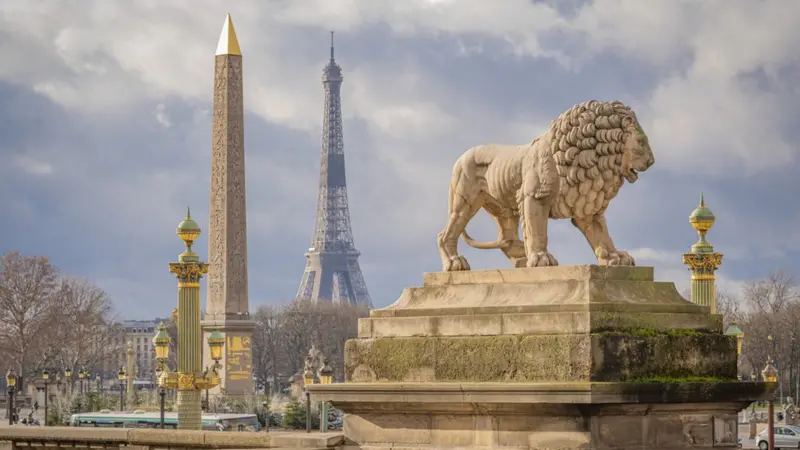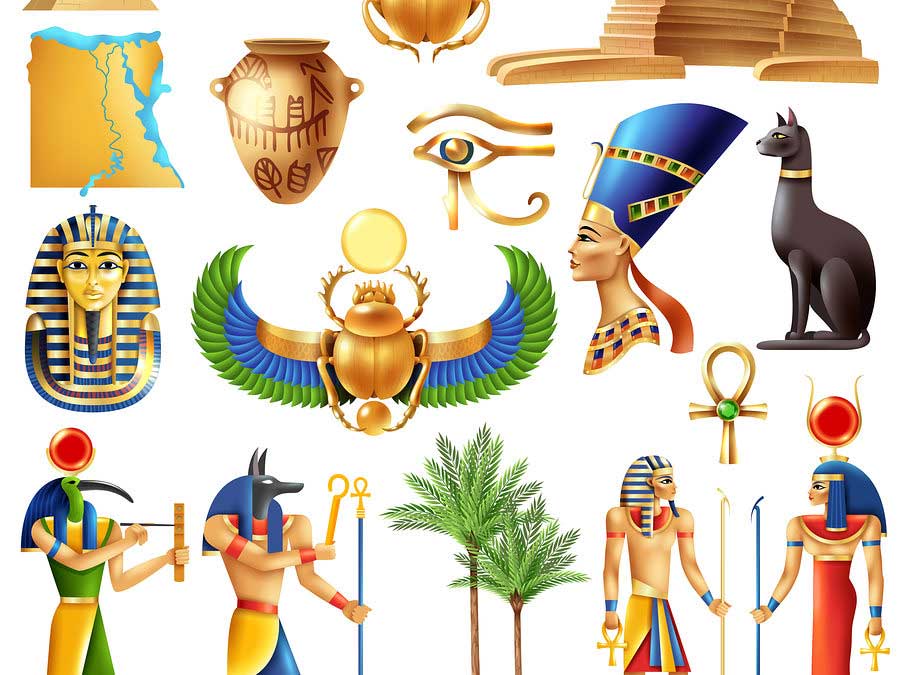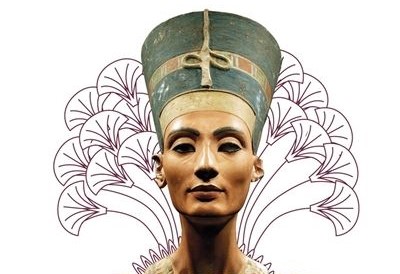Secrets of the Pharaoh's Obelisk Adorning the Heart of Paris
A Monumental Gift: The Journey of the Luxor Obelisk to Paris
november 29th 1830, Egypt gave France a special gift to mark friendship and good relations. Muhammad Ali Pasha, the ruler of Egypt at the time, gave the Luxor Obelisk to King Louis-Philippe I of France
this present to champollion for deciphering the Egyptian writing is still standing in the Place de la Concorde in Paris. The Luxor obelisk is the oldest monument on Parisian soil the French have always been fascinated by ancient Egypt. Uprooted from its temple in Luxor, Southern Egypt, the obelisk was planted in the Place de la Concorde in the 19th century and has seen many political and national events in France in a completely different environment from its original home
from the time of pharaoh Ramses II, one of the most famous kings of the 19th dynasty of Egypt, the obelisk was erected in Luxor Temple to celebrate his military victories that protected Egypt from foreign invasions
scholars have been debating the religious meaning of these four sided stone monuments topped with pyramidions or "benben" on bases inscribed with the names of kings and gods. Some think they represent the sun's rays coming down from the sky, the pyramidion, while others see them as pyramids the primordial mound where creation began according to the ancient egyptian beliefs
the french fascination with ancient egypt was triggered by the publication of "Description de l'Égypte" which showed massive structures filled with mysterious texts never seen before by the world. This fascination grew after Jean François champollion deciphered the texts
champollion's Involvement and Contradiction
Interest in Egyptian antiquities was high at that time and Muhammad Ali Pasha used them for politics, using the rivalry between England and France over Alexandria's "Cleopatra’s Needles" to his advantage. He gave the obelisks to get their support against the Ottoman Sultan.
Champollion arrived in Egypt in August 1828 leading a scientific mission to test his method of reading hieroglyphics and to see the "Cleopatra’s Needles". He found out that the obelisks were not related to Cleopatra, they were erected by Pharaoh Thutmose III in the 15th century BCE and moved to Alexandria by the Ptolemies.
when Champollion visited Luxor Temple he was fascinated by its obelisks, as seen in his letter to his brother dated November 24, 1828 in "Letters and Diaries During the Voyage to Egypt":
"I saw the gigantic Luxor palace, in front of which stand two obelisks, 80 feet high, beautifully carved from a single pink granite block and four gigantic statues of Ramses the Great, also in pink granite.
champollion: "My words cannot express one-thousandth of what needs to be said about these marvels. People would think me mad or exaggerated if I could give even a faint idea... I confess, in Europe we are dwarfs. No nation, ancient or modern, has ever built like the ancient Egyptians
 English
English  Spanish
Spanish  Chinese
Chinese  French
French  Portuguese
Portuguese  Italian
Italian  Russian
Russian  Czech
Czech  German
German  Japanese
Japanese 








